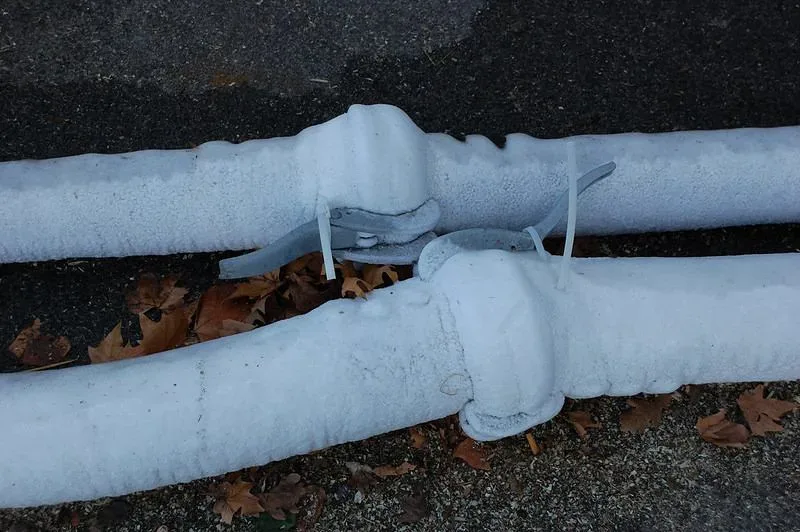Usually, when we think about the winter the first things that come to mind are Christmas and holidays, but another important event that happens during this time of the year is the start of the cold weather.
So to prepare your house for this period of the year, besides turning on the heating system and taking out the snow shovel, you should also think about winterizing the plumbing system of your house.

In fact, really cold temperatures can cause leaks and breaks inside your house because when water freezes it expands, and the expansion can break the pipes causing major damage.
Read Also:
How to Prepare for Winterization
To correctly winterize your home you should follow these steps, they are particularly important if you plan to leave your house for a long period of time since not having water running through the pipes can highly increase the risk of damages.
- Turn off the water heater and the water pump, this will prevent any damage to your heating system.
- Be sure to open all drain valves and taps, this will avoid the creation of vacuums that could hold water inside the pipes.
- Flush your toilets and remove as much water as you can from the toilets bowls and the tanks.
- Open the drain valve of your hot water tank and let it discharge until it’s empty.
How to Prevent Freezing Pipes
Once you have followed those simple steps you should be good to go and your house should be safe, but if you want to really be sure that none of your pipes will freeze and be damaged by the cold, there are some additional precautions that you could take.
- Insulate your pipes using insulation sleeves, be sure to not leave any gap without insulation because cold air can affect and damage the pipes. If you have metal or copper pipes be really careful while doing this operation because they are more sensitive to cold than plastic pipes.
- Take a look at the exterior of your house making sure that all cracks are sealed. Cold air can use those cracks to infiltrate in your house, and once inside, it will freeze your pipes. When you find a visible crack seal them using caulking or spray foam.
- Keep a heating source inside the house to protect pipes against cold, if you are not able to do this, you can use heat tape and wrap it around the pipes that may have a higher probability of freeze.
De-winterize Your Plumbing System Once Winter is Finish
Once the winter is finished if you come back to a house that has been winterized to pass the cold season without been damaged, there are a few steps you have to follow to restart the plumbing system and bring everything back to normality:
- Reconnect all the water supplies that have been disconnected to prevent damages, in particular, look carefully at the sinks, toilets, and showers.
- Once everything is properly connected you can turn on the main water supply, when you do that be sure to leave one sink half-open so trapped air can escape.
- Turn on the water heater and bring back hot water to the house.
- If you have a gas implant now you can also turn that on, in case you had shout it down to avoid the danger of a gas leak.
- This last step is optional but if your house has a sump pump, once you have correctly turned on the main water supply it’s time to check if the sump pump is working properly.
Conclusion
Those were the most efficient way to prevent any damage to your plumbing system due to the arrival of the cold season, now that you know exactly what to do you can be sure that your house will pass the winter without any damage.
Some of those suggestions may appear silly of simple common sense but when it comes to the plumbing system of your house it’s always better to prevent rather and repair.
If you are not able to execute on what you have just learned don’t worry, simply call your local plumber and he will able to help you with all those procedures, in fact even if winterizing a house can appear really complicate, for an experienced and professional plumber it’s child’s play.










